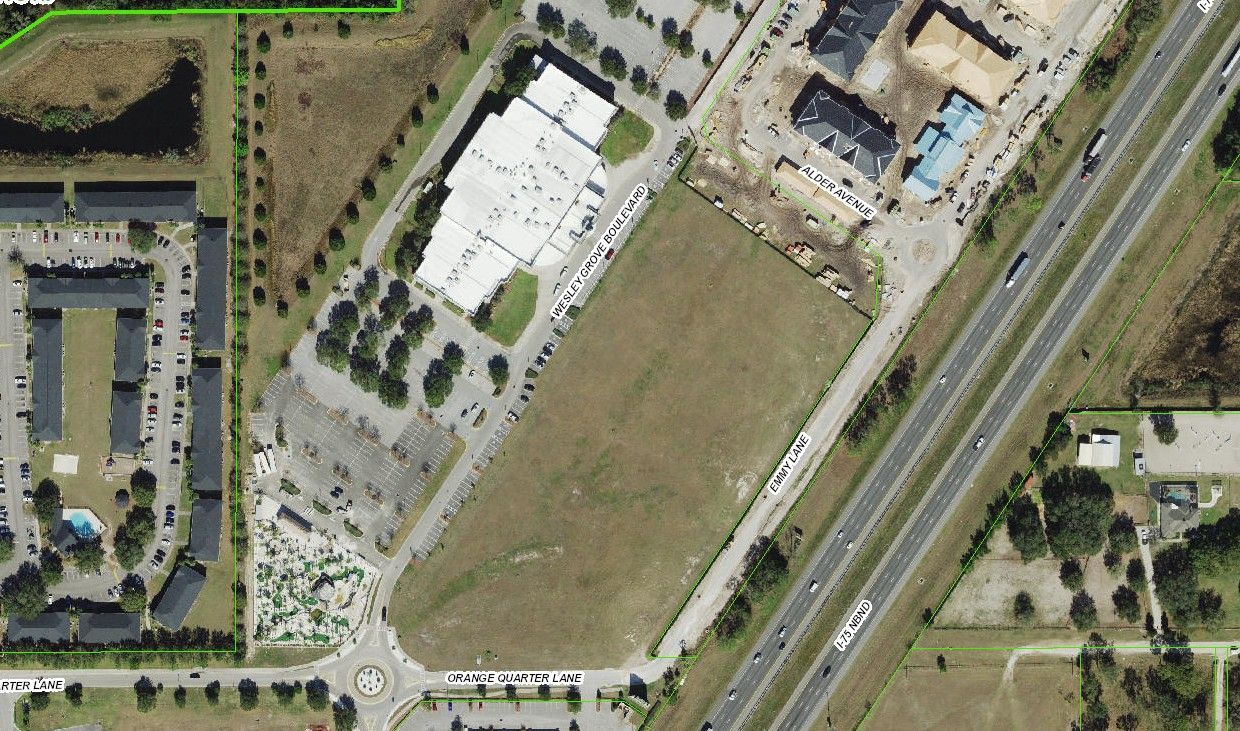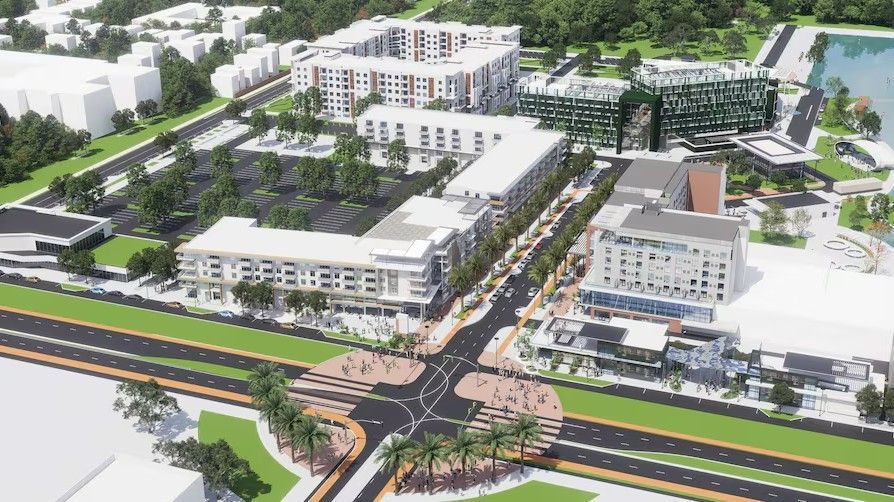Tampa’s Multifamily Market: Balancing Rent Adjustments, Occupancy Trends, and Development Growth
Tampa’s Multifamily Market: Balancing Rent Adjustments, Occupancy Trends, and Development Growth
The multifamily housing market in Tampa is undergoing significant shifts as it adjusts to evolving supply dynamics and renter demand. While rent growth has cooled, the metro continues to show resilience in development activity and job market strength, creating a complex yet promising picture for the market.
Cooling Rents Amid Supply Expansion
Advertised asking rents in Tampa fell by 0.3% on a trailing three-month (T3) basis as of September, reaching $1,789—slightly above the national average of $1,750, which remained flat during the same period. Year-over-year, Tampa rents have declined by 2.3%, while the national average saw a modest 0.9% increase.
Both renter-by-necessity (RBN) and lifestyle segments contributed to the decline. RBN rents dropped by 0.4% on a T3 basis, with a 2.7% annual reduction, bringing the average to $1,499. Meanwhile, lifestyle rents decreased by 0.2% on a T3 basis and 2.0% year-over-year, averaging $2,021.
Stabilized Occupancy Rates Show Mixed Results
Occupancy rates in stabilized assets across Tampa held steady year-over-year at 94.3%, though this figure was 50 basis points below the national average of 94.8%. Performance varied by segment: the lifestyle sector saw an increase in occupancy by 40 basis points to 94.7%, while the RBN segment faced a decline of 50 basis points, dropping to 93.9%.
Job Market and Affordable Housing Momentum
Tampa’s job market continues to outpace national averages, supporting long-term demand for housing. In July, the metro’s unemployment rate stood at 3.8%, outperforming the national rate of 4.3%. Over the preceding 12 months, Tampa added 34,500 jobs, marking a 1.9% growth rate compared to 1.3% nationally. The education and health services sectors led the way, contributing 9,300 new positions—a notable 15.6% increase.
Affordable housing is also gaining traction in Tampa, with 22 fully affordable projects in the planning stages as of September. A standout among these is a 264-unit development by HP Capital Group, which is set to replace a former lumber yard. This project leverages a state law allowing affordable housing on non-residentially zoned lots, signaling innovative approaches to meet housing needs.
Development Pipeline Stays Strong
Tampa’s robust development pipeline reflects continued confidence in the market. Developers delivered 5,910 units by September 2024, with 23,700 units under construction and an additional 102,000 units in the planning and permitting stages. Transaction activity mirrored 2023 levels, with $1.4 billion in deals closed during the first nine months of 2024.
Opportunities and Challenges Ahead
Tampa’s multifamily market is in a state of recalibration, balancing a softening in rent growth and occupancy with strong job creation and development activity. Investors and property managers will need to stay strategic, particularly in positioning assets to appeal to diverse renter demographics.
With its dynamic mix of challenges and opportunities, Tampa’s multifamily market continues to be a compelling space for innovation and growth. Whether through affordable housing initiatives or tailored strategies for stabilized assets, the metro remains well-positioned for long-term success.
Thank you for your interest. If you are in need of Appraisal & Valuation services in the West Central Florida Market, contact:
Mike Cliggitt, MAI, MRICS, CCIM
813.405.1705 | 863.661.1165 - Direct Lines
This blog was developed using information from Yardi Matrix - a full copy of the Tampa Multifamily report can be found here.
SHARE CONTENT





